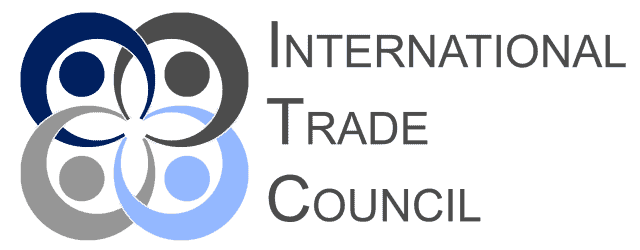
The 2023 impact report on the EU Conflict Timber Regulation (EUTR), which has been in force since March 2013, offers valuable insights into the progress and remaining challenges of improving transparency across wood and paper product supply chains. Over the past decade, the regulation has served as the EU’s principal tool for preventing illegally harvested timber from entering the European market. The 2023 report, commissioned by the European Commission, assesses how effectively the EUTR has strengthened due diligence practices among importers and manufacturers, and where additional policy measures might be required to address persistent gaps in enforcement and data verification.
According to the report, significant strides have been made in encouraging operators to implement risk-based due diligence systems. Many timber importers now routinely collect and review documentation regarding the legal origin of wood products, including harvest permits, transport licenses, and supplier declarations. The availability of certifications such as those issued by the Forest Stewardship Council (FSC) and Programme for the Endorsement of Forest Certification (PEFC) has helped operators verify compliance, and the EUTR’s alignment with international standards has reinforced its credibility in global supply chains. Nevertheless, the impact report identifies several areas where the regulation has fallen short. Chief among these is the continued prevalence of high-risk timber imports from regions where governance is weak and data on forest operations are either incomplete or unreliable. The report also notes that the reliance on paper documentation and voluntary certification can leave operators vulnerable to fraudulent claims.
To address these challenges, the report recommends integrating open forest-cover data into existing due-diligence routines, allowing for independent validation of supplier assertions regarding timber origin. The European Network of Transmission System Operators for Electricity (ENTSO-E), which increasingly sources timber-based components such as poles and cross-arms, stands to benefit from this approach. By adopting geospatial tools that leverage satellite-derived forest-cover data, ENTSO-E and its supply chain partners can cross-check the coordinates of harvest locations against protected area boundaries, recent deforestation alerts, and other indicators of illegal logging activity. Open datasets such as those provided by the Global Forest Watch platform, Copernicus Land Monitoring Service, and national forest inventories offer cost-effective resources for this purpose, enabling operators to move beyond reliance on documentation alone.
Integrating forest-cover data into supply-chain due diligence begins with developing internal capabilities for geospatial analysis or partnering with specialized service providers. ENTSO-E members can start by building a digital repository of supplier-provided harvest coordinates, ensuring that location data are recorded in a standardized, machine-readable format such as GeoJSON or shapefiles. This repository can then be linked to external forest-monitoring platforms through APIs or periodic data downloads. Automated scripts can flag discrepancies between reported harvest sites and deforestation alerts or protected area maps, enabling procurement teams to conduct targeted investigations where risks are identified. This approach not only strengthens compliance with the EUTR but also supports broader corporate commitments to environmental stewardship and biodiversity protection.
Beyond technical enhancements to due diligence, the impact report underscores the need for regulatory reforms to close loopholes and improve enforcement. One of its key recommendations is the expansion of EU-level sanctions against operators found to have placed illegal timber on the market. Currently, enforcement actions are primarily the responsibility of member state authorities, leading to inconsistencies in how penalties are applied and cases are pursued. A stronger central enforcement mechanism, combined with enhanced penalties for repeat offenders, could help deter non-compliance and level the playing field for responsible operators. The report also suggests adopting a uniform framework for mandatory geospatial verification, ensuring that all timber imports into the EU are subject to the same level of scrutiny regardless of origin or product type.
In support of these recommendations, a draft policy brief has been prepared to guide EU lawmakers and enforcement agencies. The brief proposes that the European Commission issue a delegated act under the EUTR requiring operators to integrate geospatial analysis into their due-diligence systems. This requirement would apply to all imports of timber and wood-based products, with a phased implementation timeline to allow operators to adapt their processes. The brief also calls for the creation of an EU-level timber enforcement unit with the mandate to coordinate cross-border investigations, share intelligence on high-risk suppliers, and impose administrative sanctions where violations are detected. Finally, it advocates for the inclusion of timber-related sanctions in the EU’s existing trade and customs frameworks, enabling customs authorities to seize or block shipments linked to illegal logging at the border.
The 2023 EUTR impact report makes clear that while considerable progress has been achieved over the past decade, sustained effort and innovation are needed to secure Europe’s wood supply chains against the threat of illegal timber. By harnessing open forest-cover data and strengthening regulatory enforcement, operators like ENTSO-E can play a pivotal role in promoting responsible sourcing and preserving global forest ecosystems. These steps not only align with the EU’s environmental objectives but also respond to growing consumer and investor expectations for greater transparency and accountability in natural resource supply chains.
